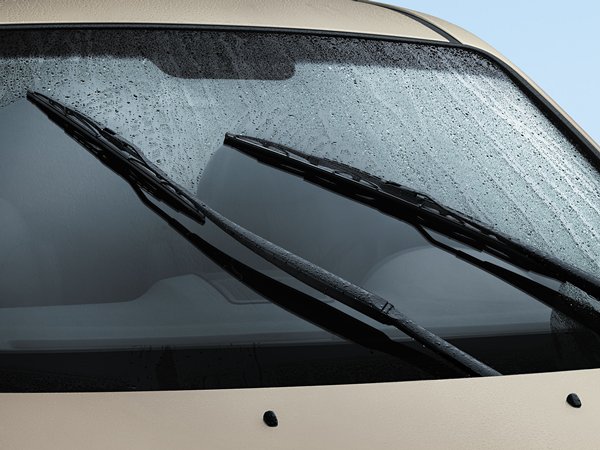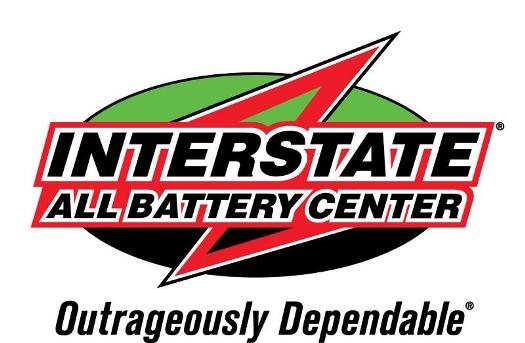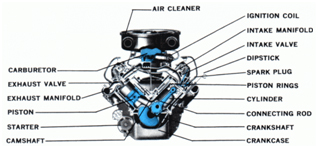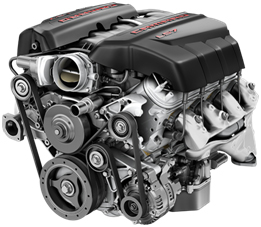Posted on 10/7/2016

Wiper BladesThe Importance of Windshield Wiper Blade Replacements (Part 1) It's not just about the engine or the tires, but every little moving part that makes the car perform at its absolute best. For this to happen, it needs care, it needs you. Your windshield is one of the underrated components of your car, a component that's responsible for your visibility and also, your general safety while driving. Let's take a look at the various reasons why replacing your windshield wiper blade replacement is so important. Safety is first and foremost A large percentage of accidents happen because of compromised visibility. What can cause this? Usually it's dirty or cracked windshields. Dirt is obvious; it sticks to the surface and directly compromises your visibility. That's not all dirt does, either. The dirt on your windshield can actually weaken its structural integrity over time, making a possible cracking episode &ndas ... read more
Posted on 10/6/2016

When your car battery needs to be replaced (Part 2)NOTE:This is part two of our series on battery replacement. Please click here for part 1. Here is how to determine if your battery is getting enough electricity. · If you notice signs like warning lights such as 'Check Engine' flicker, disappearing, and then reappearing again or odd flickering lights, then these are signs that your car battery is not getting enough electricity. If the alternator is not in good shape, your battery is also faulty since it will no longer be able to receive a charge and you should immediately replace it. · Slow engine cranking. As explained earlier, slow engine cranking is an indicator that your car battery needs replacement. This is also an indicator that your battery is not receiving enough electricity since your alternator isn't charging it properly. A slow engine cranki ... read more
Posted on 10/4/2016

When you car battery needs to be replaced (Part 1) The battery influences every electrical element in a car. Every car battery needs to be replaced at some point. We've written before about battery cables, but let's see what else we can learn. Let's start with why the battery needs to be replaced. Many cars on the road today use lead acid batteries, which are equipped with six lead cells, and lead oxide plates packed with dilute sulphuric acid. The lead acid battery usually gets drained of its capacity, mostly owing to high levels of sulfation. In severe cases, the capacity may drop too low that the battery may not be able to start a car. Normally, a typical car battery lasts from 5 years to 7 years, although its prolonged life greatly increases if the car is driven on a daily basis. This is because the car battery lasts longer when it's kept fully charged, although overcharging can also ... read more
Posted on 10/3/2016

Engine DiagnosticsThe Importance of Comprehensive Engine Diagnostics (Part 2) NOTE: This is the second part of our series on comprehensive engine diagnostics. Please click here for part 1. More common symptoms and what they mean Another sign of trouble is experiencing sudden jerks or surges. The same engine trouble that causes this may also cause a sudden stall of the car. Let the mechanic look at the vehicle's spark plugs, fuel filter and, many other issues. It can be quite daunting when your vehicle starts stalling as you enter a freeway. Popping or tapping sounds originating from the hood could mean that your engine's cylinders are faulty. When gasoline in the combustion chamber ignites prematurely, this can lead to awful damage to the cylinders. To be on the safe side, park the vehicle at a safe place and call us. Driving i ... read more
Posted on 9/27/2016

Engine DiagnosticsThe Importance of Comprehensive Engine Diagnostics (Part 1) The engine is easily the most important, yet sensitive part of your car, and needs thorough inspection. Diagnosing possible problems with your car engine can go a long way in avoiding accidents and damage. Have your car serviced regularly, especially before and after a long journey. After all, engine components eventually wear out and fluids get used up after time. While you can conduct some diagnostics yourself, it is better to let an expert mechanic do a comprehensive systems check for you. Simple DIY diagnostics Before starting the engine, it is prudent to ensure that the car is in proper working condition. You'll need to change the oil to allow a proper systems check. Some manufacturers recommend a longer interval between oil changes, but it is better to be safe than sorry. Get ready to get your hands dirty as you get ready t ... read more